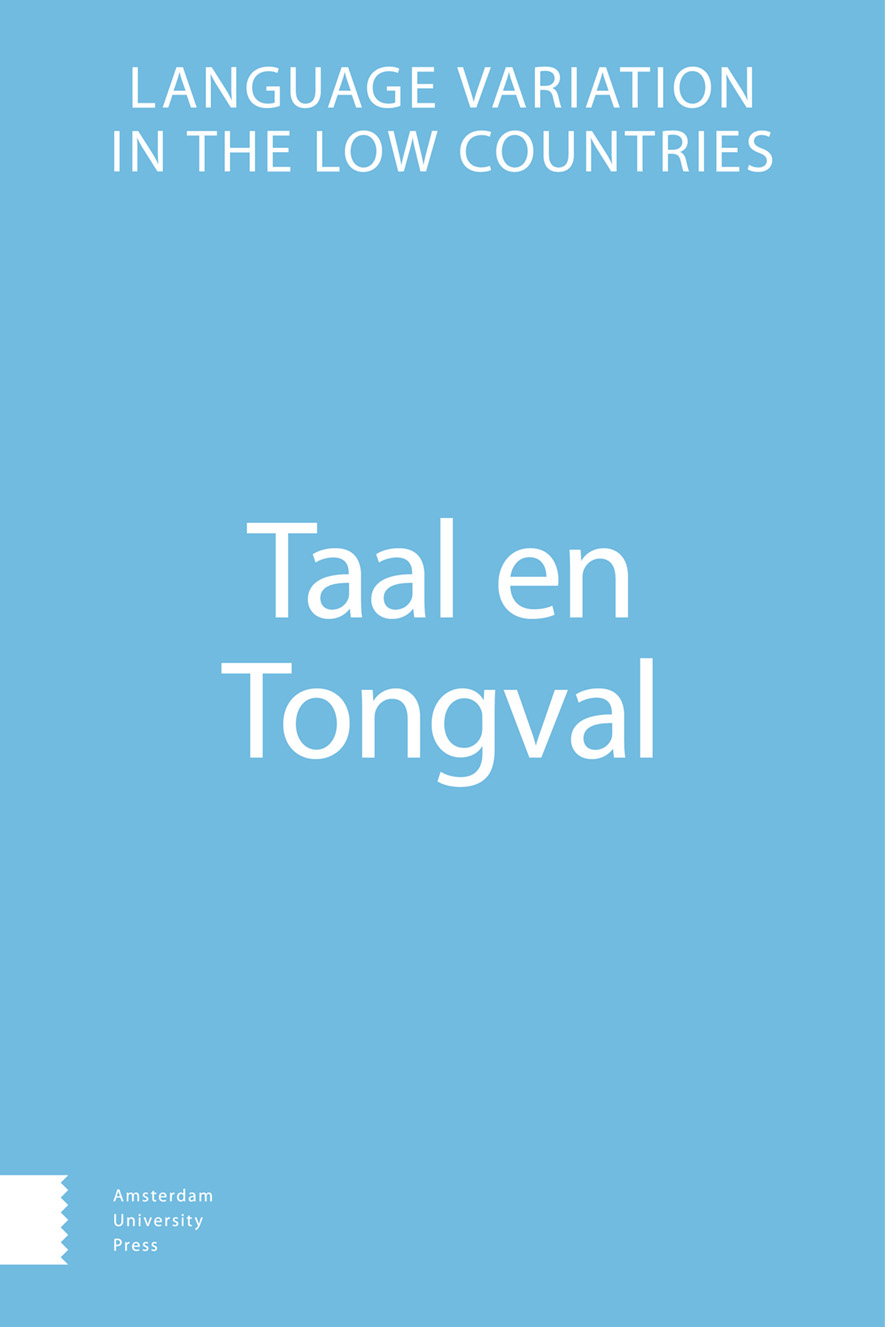- Home
- A-Z Publications
- Taal en Tongval
- Previous Issues
- Volume 70, Issue 1, 2018
Taal en Tongval - Volume 70, Issue 1, 2018
Volume 70, Issue 1, 2018
Language:
English
-
-
Hoeven diachroon
More LessAuthors: Jan Nuyts, Henri-Joseph Goelen & Wim CaersAbstract The diachrony of Dutch hoeven ‘need’ This paper presents a diachronic investigation into the semantic and grammatical evolution of the Dutch negative polarity modal auxiliary hoeven (‘need’). The study is corpus-based, working with representative samples of occurrences of the verb and of its predecessor, the (originally) full verb behoeven (‘need’), from different stages of Dutch, from Old Dutch until today. It shows h Read More
-
-
-
Kleiner Niederländischer Sprachatlas (KNSA)
More LessAbstract The present contribution aims to present the Kleiner Niederländischer Sprachatlas unter Einschluss des Westfriesischen (KNSA, ‘Concise Linguistic Atlas of Dutch including West Frisian’). With the Belgian and Dutch Wenker sentences as its source of data, the KNSA represents a westward expansion of its model and predecessor atlas, the Kleiner Deutscher Sprachatlas (KDSA, ‘Concise Linguistic Atlas of German’), Read More
-
-
-
Bijna-identieke toponiemen langs de rijksgrens: hoe weerspiegelen ze het taalkundige, bestuurlijke en culturele verleden?1
More LessAbstract Near-identical twin toponyms along the state border. How do they reflect the linguistic and political past? The Netherlands (hereafter: NL) shares its national border with Belgium (B) and Germany (D). Alongside the border are toponyms which are either identical (like Lemiers: NL, also D), or near-identical, like Clinge (NL)/ De Klinge (B) or Aamsveen (NL)/ Amtsvenn (D). The names concerned denote adjoining settlement Read More
-
-
-
Dialect en standaardtaal in contact: de vele vormen van het dialect in de Langstraat
More LessAuthors: Yoïn van Spijk & Jos SwanenbergAbstract Dialect and standard language in contact. The many forms of the Langstraat dialect Over the past century, the dialects of the Langstraat region in the province of Noord-Brabant have structurally changed under the influence of the Dutch standard language. The younger dialect varieties that have emerged, have lost characteristic features through time and have adopted features of Standard Dutch. Despite conv Read More
-
Volumes & issues
Most Read This Month
Article
content/journals/00398691
Journal
10
5
false
en


